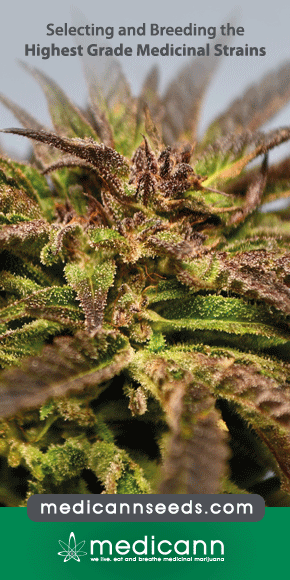Structure-Activity Relationship of Cannabis Derived Compounds for the Treatment of Neuronal Activity-Related Diseases
Cannabis sativa active compounds are extensively studied for their therapeutic effects, beyond the well-known psychotropic activity. C. Sativa is used to treat different medical indications, such as multiple sclerosis, spasticity, epilepsy, ulcerative colitis and pain. The function of the various phytochemicals in different therapeutic processes is not fully understood, but their significant role is starting to emerge and be appreciated. In this review, we will consider the structure-activity relationship (SAR) of cannabinoid compounds able to bind to cannabinoid receptors and act as therapeutic agents in neuronal diseases, e.g., Parkinson’s disease.






